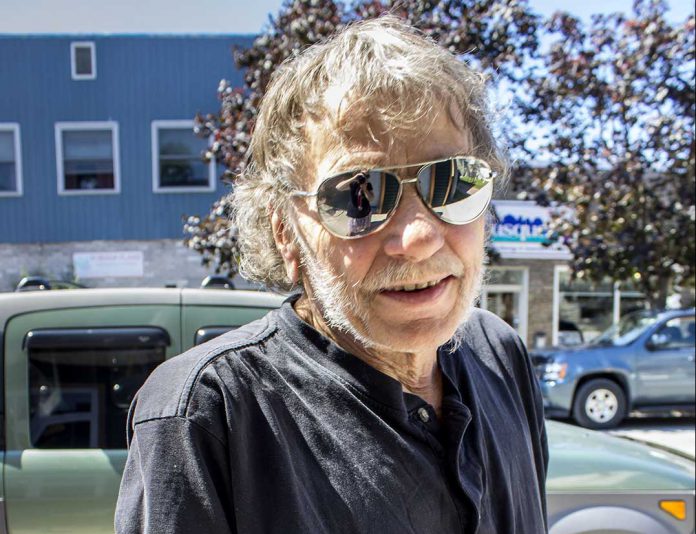Report on missing and murdered Indigenous women can’t be left to sit on a shelf
If it weren’t for the hard work of the families and advocates of thousands of Indigenous women and girls who have been murdered or gone missing in Canada, there might never have been an inquiry or a report, which was recently tabled. Now, with bickering about the recommendations and the assertion that the lacklustre reaction from Canada amounts to a form of genocide, there is concern the report could gather dust on a shelf instead of bringing about the kind of change it was meant to facilitate.
The report itself is clear: thousands of Indigenous women, girls, 2SLGBTQQIA (two-spirit, lesbian, gay, bisexual, transgender, queer, questioning, intersex and asexual) people are missing or have been murdered in a Canadian genocide. The report calls this part of an ongoing genocide of Indigenous peoples that started before confederation and continues to this day.
People who would rather argue about the term genocide choose to ignore overwhelming evidence to make a semantic argument that carries little weight. Claiming these are merely instances of murdered and missing Canadians is spurious and willfully ignores the fact that Indigenous women are significantly over-represented in these categories. The numbers confirm that Indigenous women are seven times more likely to suffer these fates than other women in Canada, which should be enough to silence these arguments and allow us to focus on the report’s 231 steps that could help us address the larger problem.
Among those are the call to establish a National Indigenous and Human Rights Ombudsperson and Tribunal; the adoption of child welfare legislation with amendments from Indigenous communities and experts and calls for initiatives to decolonize the government of Canada.
New Democrats are challenging other parties to join them in supporting the call to transform current child welfare systems fundamentally so that Indigenous communities have control over the design and delivery of services for their families and children; for all levels of government to listen to and work with First Nations, Métis and Inuit women on solutions that include ending poverty, ensuring safe housing and changing how police respond and tackle the deep racism and misogyny in our culture according to Canada’s international, national and treaty obligations; and to end sex discrimination in the Indian Act.
With 231 recommendations in the report, there are many steps to be taken; the bulk of it will occur beyond the legislative process. The report challenges Canadians to change their thinking and that might be the most critical step in the process. The reason some politicians are arguing against parts of the report—especially the term genocide—is because there is political capital to be made in doing so. It is a form of dog-whistle politics that plays to racist instincts and helps explain why the problem got to the point that it required an inquiry in the first place. Put bluntly, not enough people cared about it. That should be motivation enough for some people to change their minds and change can pick up speed as social licence allows more people to relax views they may have learned but never really questioned.
At the end of the day, it is a good thing that the report is making people uncomfortable. If it didn’t, it likely wouldn’t have been very good and this was never intended to be a feel-good exercise. Those arguing against a handful of terms that accurately describe what has taken place are in danger of being on the wrong side of history. The work involved with making our country better isn’t always easy, but those efforts which seem the hardest of all usually bear the most impressive fruit and help us become even prouder of who we are for the very best reasons.



